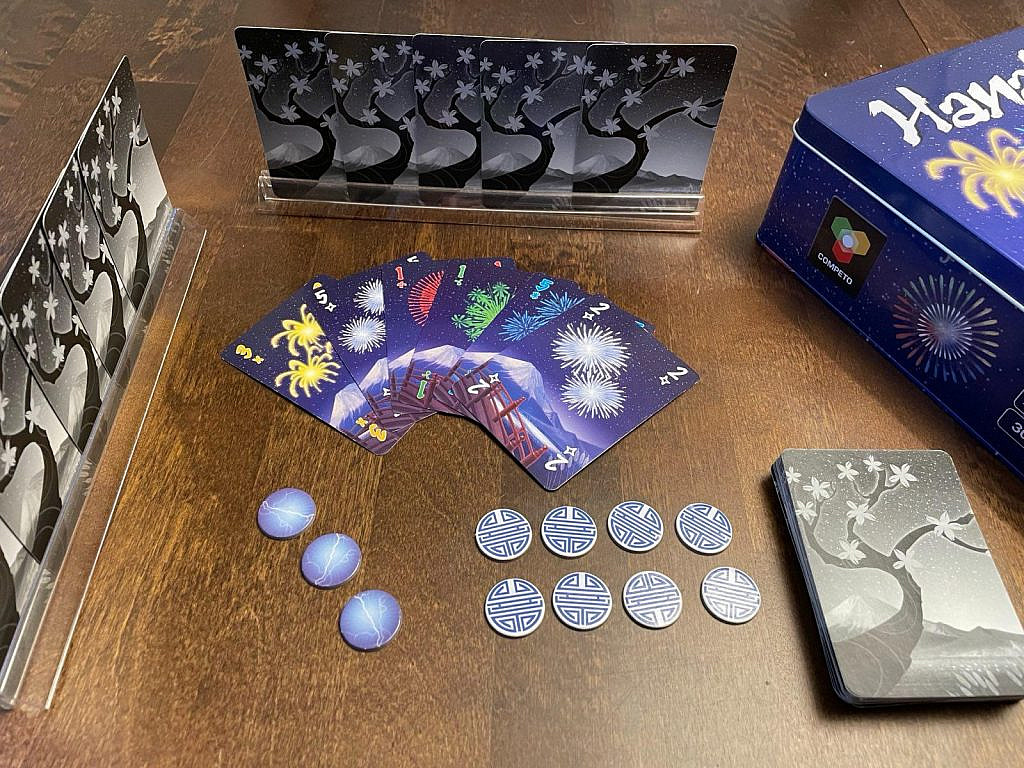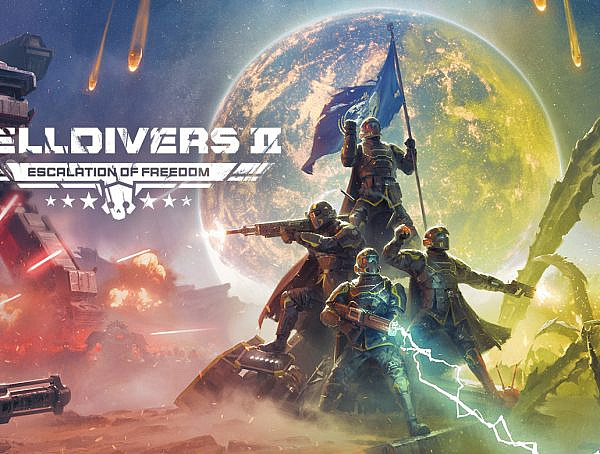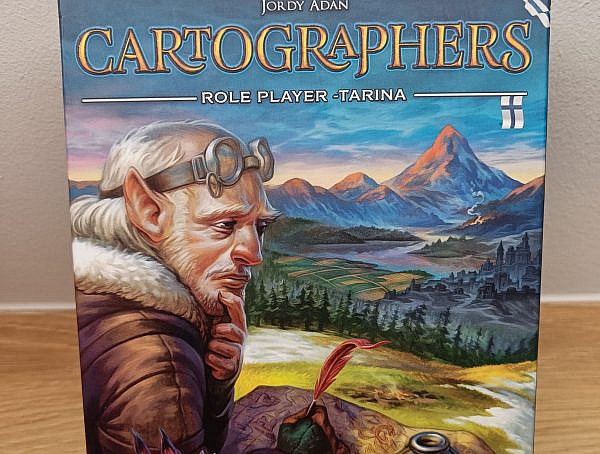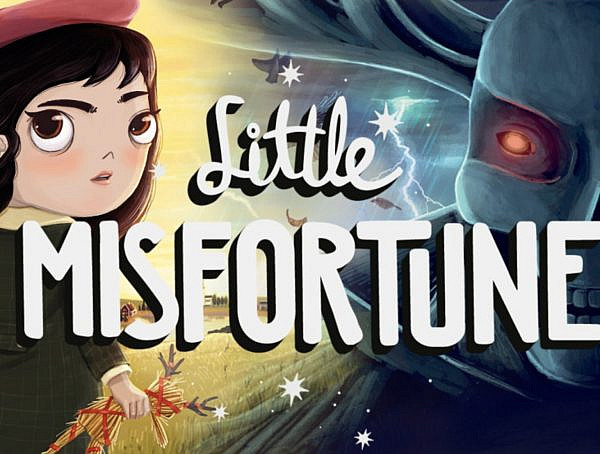Hanabi (Japanese for “fireworks,” 花火) is a cooperative card game where the players aim to create a fireworks show by placing cards on the table in the right order in turns. The deck of cards has five different colors that must be placed on the table in the right order, from one to five. Points are deducted from the final score if the players don’t manage to pile up all the color cards in order.
The twist is that the players can only see each other’s cards, but now their own. While playing, you must avoid making mistakes by playing cards in the wrong order. Fortunately, there is a possibility of giving hints to other players. However, the number of mistakes and hints you can make and give is limited, which makes the whole gaming experience quite puzzling at times.
Each turn, a player can commit a different action. As already said, the players can give information as hints to other players, such as “these cards are red” or “these cards are number 1’s.” In Hanabi, there are information tokens that are turned upside down whenever a player gives a hint. If every token is used up, the game ends.
The tokens can be turned facing up once again if a player discards a card and draws a card to replace it, but the cards are limited in number, and after discarding a card, it’s out of the game. The players can also play a card and see if it fits on the table; if not, you take damage from a fuse, and one fuse token is turned upside down. If all the fuse tokens are depleted, the game ends. Also, playing a number-five card on the table replenishes an information token.
So, the game is relatively simple but can be quite hard because, as said, you can’t see your own cards. It’s crucial to stick to the rules and not give any additional hints to other players, as it destroys the point of the game. Hanabi has quite a short gaming time of about twenty minutes if you already know the rules, and it’s best to play some rounds after each other to try to best your former fireworks score.
So, all in all, Hanabi is a fun cooperative game that is relatively easy to learn. There is only so much you can do in the game differently, so I can’t see myself playing it for hours and hours, but it’s a great game to pick up quickly for some gaming rounds when having fun with friends or family. The downside is that the game might get boring quite quickly. I recommend picking up a version of the game that comes with card holders that you can place on a table. These make playing the game much easier when you don’t have to constantly hold the cards in your hand.
Basic information:
Publisher: R&R Games, Cocktail Games, Abacus Spiele.
Designer: Antoine Bauza
Players: 2-5
Playing time: 20-30 minutes
Age: 8+
Photos: Anniina Gynther
Casual gamer who enjoys different style of games from retro beat 'em ups and getting beated up in roguelikes to modern online FPS games with friends.
You might also like
More from Game Reviews
The Heartbreaking Story of Little Misfortune
Little Misfortune is a game with adorable art, cute characters and an extremely dark and heavy story. #Horror #InteractiveStorytelling #Adventure
A Classic Tale Unfolds from a Twenty-Year Console – Paper Mario: The Thousand-Year Door Review
In an age filled with remasters and rehashing old ideas, Paper Mario: The Thousand-Year Door still feels fresh. Whether you’re …
















